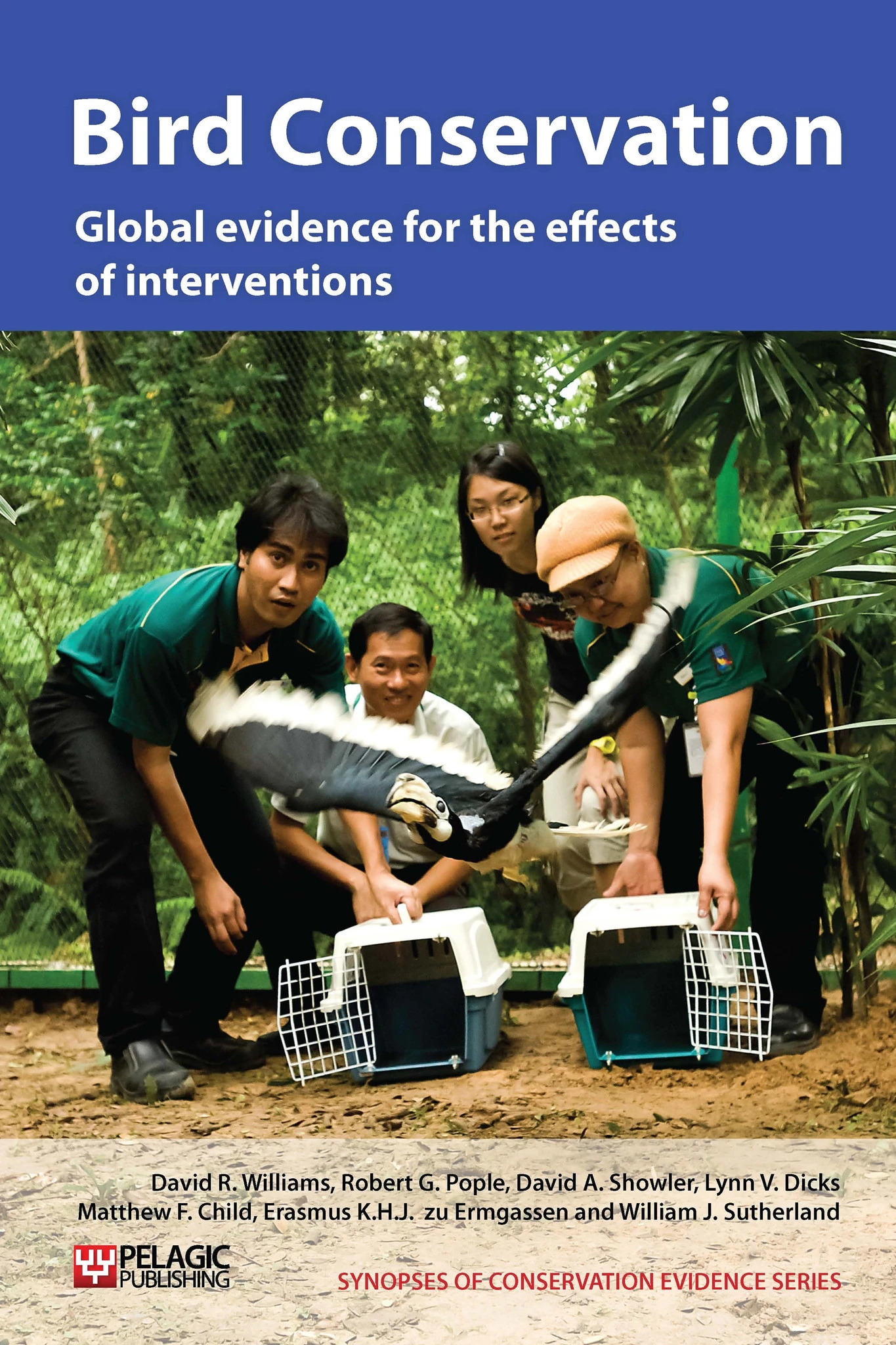Artificially incubate and hand-rear rails in captivity
-
Overall effectiveness category Unknown effectiveness (limited evidence)
-
Number of studies: 1
View assessment score
Hide assessment score
How is the evidence assessed?
-
Effectiveness
64% -
Certainty
13% -
Harms
0%
Study locations
Supporting evidence from individual studies
A controlled before-and-after study between 1991 and 1994 in Fiordland National Park, South Island, New Zealand (Maxwell & Jamieson 1997), found that post-release survival of hand-reared takahe Porphyrio hochstetteri (formerly P. mantelli) was at least as high as that of wild-reared birds, despite differences between movements and habitat selection (50-100% survival between one and two years for 31 hand-reared birds vs. 0-100% of 12 wild birds; ranges come from different release years). In addition, survival of wild birds between six months and one year old (before hand-reared birds were released) was lower than for captive birds (100% survival for 62 captive-reared birds vs. 25-100% survival for 24 wild birds), especially in years with particularly low temperatures. Causes of death were varied and often unknown. Survival rates did not differ between male and female hand-reared birds, but females were significantly more likely to form pairs than males (89% of nine females forming pairs vs. 25% of eight males). Six of ten captive-reared females nested in the summer after release and two raised a chick to at least six months old. The authors note that low reproductive success in first-time breeders is common. Eggs were taken from the wild and hand-reared using a glove puppet, whilst being played calls of brooding adults (see ‘Use puppets to increase the survival or growth of hand-reared chicks’ for more studies of this intervention). They were moved to outdoor pens at three months old, to larger pens at six months and finally released at approximately one year old.
Study and other actions tested
Where has this evidence come from?
List of journals searched by synopsis
All the journals searched for all synopses
This Action forms part of the Action Synopsis:
Bird Conservation
Bird Conservation - Published 2013
Bird Synopsis





)_2023.JPG)














